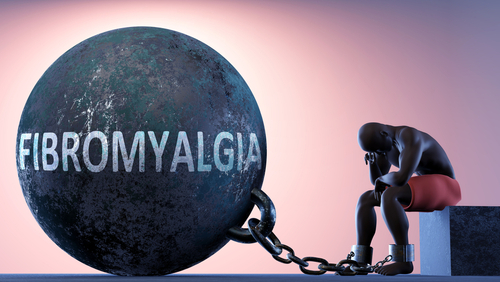7 Non-Invasive Treatments for Hip Pain
Healthy hips let you twist and turn freely.
But hip injuries, failed hip surgery, and disease and degeneration from aging can keep you from doing all the working, playing, helping, and participating that your life demands.
Non-surgical treatment is the best way to address the pain and restore function.
Here are seven non-invasive or non-surgical treatments for hip pain.
1. Steroid Injections
Pain can stop you in your tracks, and when it does, steroid injections directly into the hip can give you immediate pain relief.
Steroid injections contain two main ingredients: a corticosteroid to reduce inflammation and a numbing agent or anesthetic to numb the pain.
2. Platelet-Rich Plasma Infusions
Taking platelets from your blood and infusing them into your hip area can heal wounds and repair cartilage for hip problems caused by injury.
There’s no scientific evidence, however, that this therapy is effective for pain due to arthritis.
3. Nerve Block
Nerve blocks can provide short-term relief for chronic hip pain due to injury or hip surgery (including hip replacement surgery).
The procedure involves injecting an inflammation-reducing steroid straight into the femoral-obturator nerves to stop them from sending pain signals.
4. Radiofrequency Ablation
Once nerve blocks successfully provide short-term hip pain relief, radiofrequency ablation becomes a viable option for long-term pain relief.
The procedure involves heating and inserting a specially-designed needle into the femoral and obturator nerves running into the hip joints. The needle’s heat can stop these nerves from sending pain signals for more than six months.
5. Trigger-Point Injections
In the hips and other areas, painful muscle knots known as “trigger points” can form when muscles are tense for too long. Often, you can feel these knots under the skin.
These trigger points can irritate the nerves around them and cause you even more pain.
A trigger point injection involves injecting an anesthetic, saline, or corticosteroid straight into the trigger point. One procedure can bring long-term relief.
6. Physical and Occupational Therapy
Regardless of what’s causing it, physical therapy can reduce pain over time by increasing flexibility and strengthening muscles and soft tissue.
And when it comes to reducing pain caused by daily life’s demands, occupational therapy can help. Learning healthy sitting and standing posture and sound techniques for movements like lifting objects and sitting up in bed can help minimize or eliminate pain.
7. Over-the-Counter (OTC) Pain Medications
OTC pain relievers such as acetaminophen (Tylenol) and ibuprofen (Advil) can relieve hip pain and reduce inflammation.
Treatment for Hip Pain at Texas Pain Physicians
If you have hip pain, please give us a call today. We can explain more about any of these treatments and find out the best option for your specific health situation.
If you would like to book a visit with us online, please click here.










